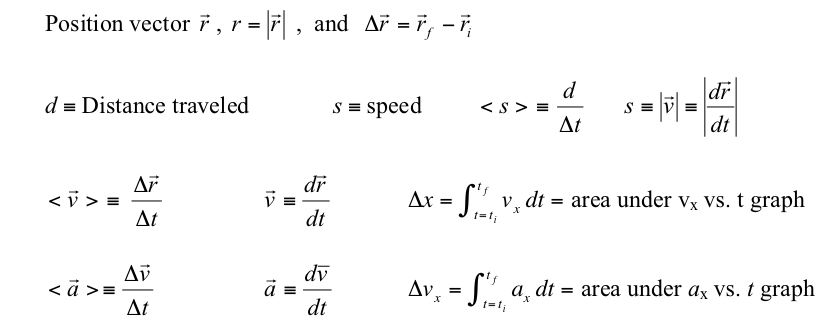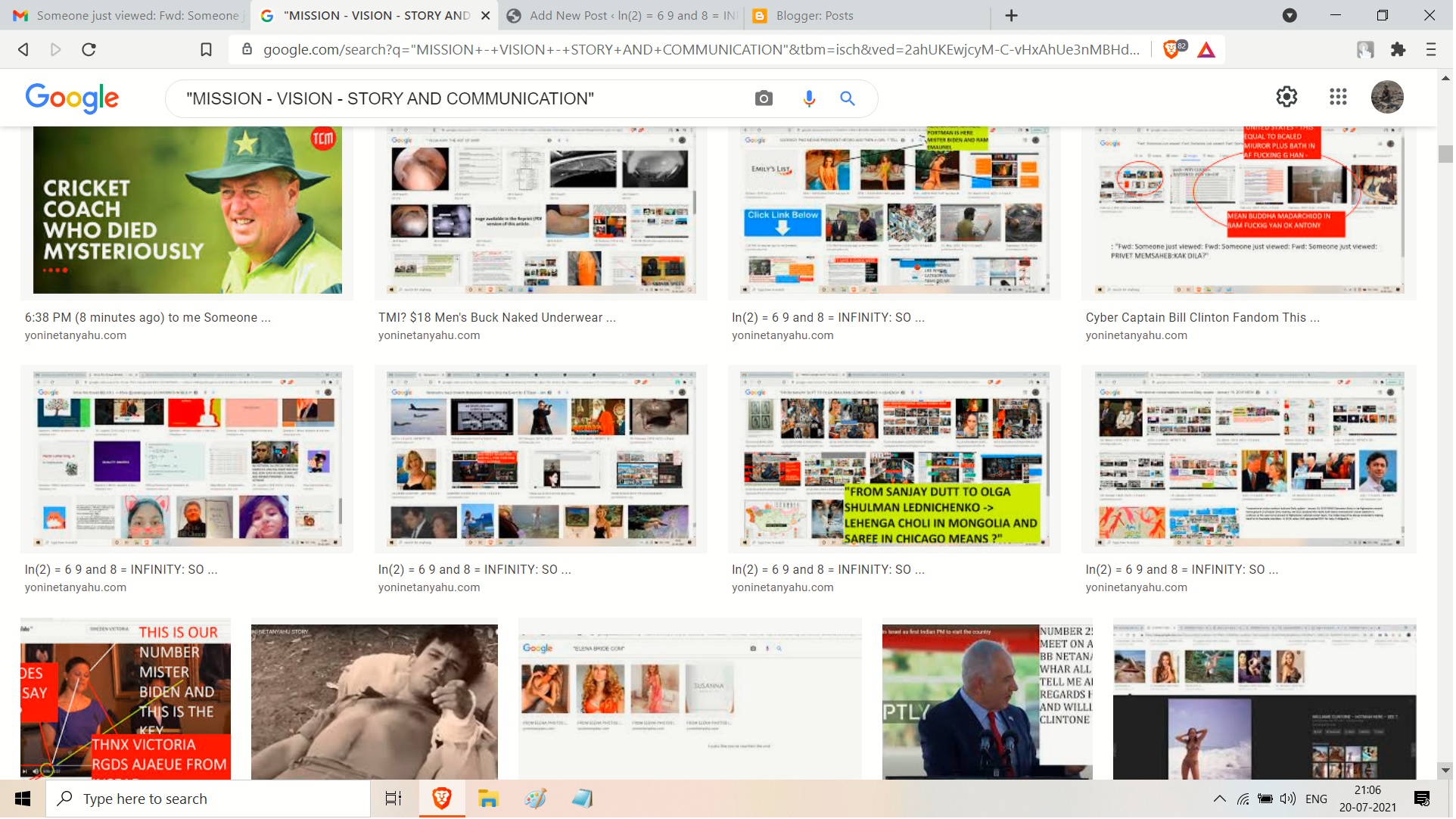

Solutionĭefine upward to be the + y-direction. This enables us to solve for the maximum force. Next, we choose a reasonable force function for the impact event, calculate the average value of that function (Figure), and set the resulting expression equal to the calculated average force. We then use the relationship between force and impulse (Figure) to estimate the average force during impact. Using the given data about the meteor, and making reasonable guesses about the shape of the meteor and impact time, we first calculate the impulse using (Figure). the impulse on an object is greater than the change in momentum it causes. the force on a moving object is equal to the magnitude of the impulse.

the impulse on an object is equal to the change in momentum it causes. after collision what is the speed of the both objects. The mass m of the object is moving with a straight line motion and another object is mass equal to the first object and it is moving along the same direction. Therefore, we’ll calculate the force on the meteor and then use Newton’s third law to argue that the force from the meteor on Earth was equal in magnitude and opposite in direction. The impulse-momentum theorem states that. The momentum of a body is equal to its mass multiplied by its velocity. It is conceptually easier to reverse the question and calculate the force that Earth applied on the meteor in order to stop it. (credit: “Shane.torgerson”/Wikimedia Commons) Strategy The amount by which the object’s motion changes is therefore proportional to the magnitude of the force, and also to the time interval over which the force is applied.įigure 9.7 The Arizona Meteor Crater in Flagstaff, Arizona (often referred to as the Barringer Crater after the person who first suggested its origin and whose family owns the land). Alternatively, the more time you spend applying this force, again the larger the change of momentum will be, as depicted in (Figure). Clearly, the larger the force, the larger the object’s change of momentum will be. The impulse imparted is equal to the change in (a) acceleration (b) momentum (c) energy (d) velocity Answer: (b) momentum If a large force F acts for a short time dt, the. A large force is acting on a body for a short time.
IMPULSIVE FORCE MODEL MOMENTUM TEST ANSWERS FREE
Suppose you apply a force on a free object for some amount of time. Answer: (a) linear momentum Newton’s second and third laws lead to the conservation of linear momentum. Model: Model the object as a particle and the interaction with the force as a collision. Solve: The impulse is defined in Equation 9.6 as fJ F t dt i t xx t area under the Ft x curve between t i and f 1 3 u6.0 N s 8 ms 1.5 10 N 2 FF max max 9.7. The purpose of this section is to explore and describe that connection. Impulse and Momentum Problem Answers 9.5. This indicates a connection between momentum and force. Therefore, if an object’s velocity should change (due to the application of a force on the object), then necessarily, its momentum changes as well. We have defined momentum to be the product of mass and velocity.

All these example problems are helpful for your homework and/or the AP Physics 1 exam.įor better practice, all subjects are broken down into sections. Some momentum and impulse example problems in one dimension are presented and solved. Momentum and Impulse Example Problems and Solutions AP Physics View Homework Help - 1 Impulsive Force Model Worksheet 1 from BIOLOGY 252 at DeVry University, Chicago.


 0 kommentar(er)
0 kommentar(er)
